Finding Value in Healthcare Hazardous Waste Management
What Hospitals Should Look For In Order to Uncover True Value from Hazardous Waste Vendors
In order to truly determine value in hazardous waste management it is imperative to look past per-unit cost and into the total hazardous waste management expenditures for the healthcare organization or network. This requires a thorough analysis of waste streams and volume of waste generated and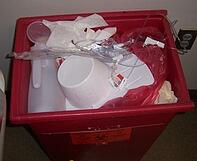 shipped, rather than just a comparison of per-unit prices from vendors.
shipped, rather than just a comparison of per-unit prices from vendors.
Consider a scenario: Company A provides hazardous waste transportation and disposal services at a price of $80 per-unit; while Company B provides a price of $100 per-unit. Without digging any deeper, Company A seems like the best choice since their price per-unit is 20% less than that of Company B.
If hazardous waste management is purely a per-unit shipped service for your healthcare organization, then Company A is the choice for you. It is important; however, to understand that discovering value in waste disposal requires an in-depth look into waste stream management to see what is actually being shipped from your location. In this scenario, Company A could be shipping drums that are improperly packed, or they could be shipping waste in incorrect waste streams, resulting in a greater number of units shipped and higher total waste management expenditure. Despite their lower price per unit, Company A ends up shipping more waste from your hospital than Company B, resulting in less value for the organization.
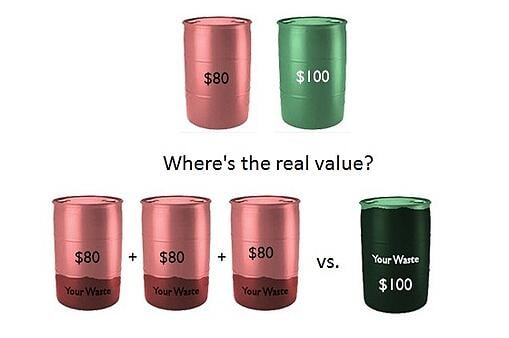
Although unfortunate, it is not uncommon for hospital waste to end up in inappropriate waste streams. Even though employees make a concerted effort to place regulated waste into the appropriate receptacles, what is to stop them placing a recyclable plastic bottle or cardboard box in the same receptacle? This recyclable item then leaves the hospital in a costly waste stream. Unlike Company A, Company B offers waste minimization and diversion programs that make sure waste leaves the facility in the correct waste streams. Despite their higher per-unit cost, Company B is actually shipping fewer units from the hospital, which results in true cost savings and value for an organization.
Identifying value in hazardous waste management requires a big-picture look at waste management. Focusing on per-unit pricing will ensure you get the lowest cost per-unit shipped, but it doesn’t necessarily dictate that the cost of waste management will be lower. In fact, selecting a lower per-unit cost can often result in substantially higher total waste management costs – especially if a vendor has incinerators that they need to keep running.
Discovering true value in healthcare waste management is no simple task; however, with shrinking budgets and increasing sustainability demands it is imperative to pursue cost savings and minimization in hazardous waste management. Click below to view our whitepaper and learn how to reduce waste management costs in hospitals.


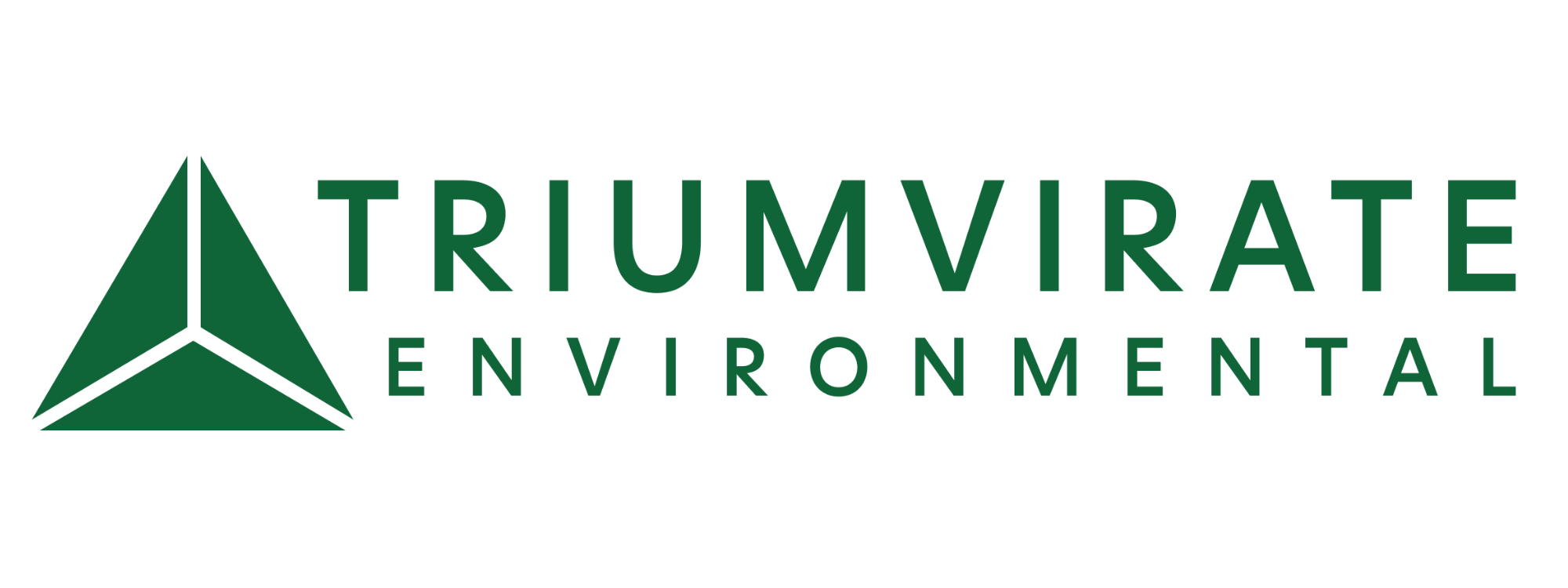


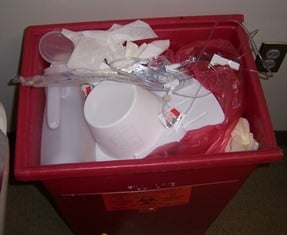
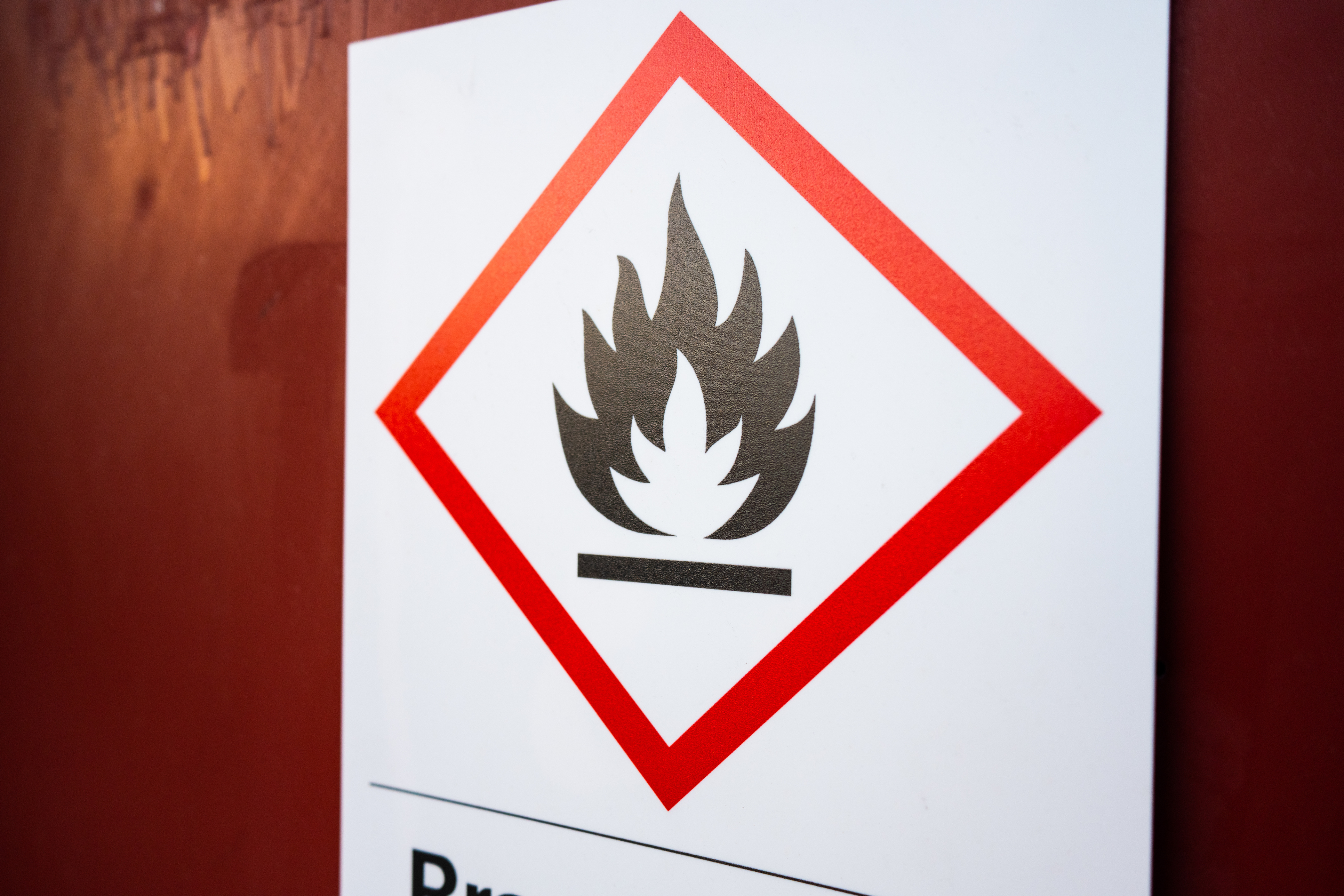

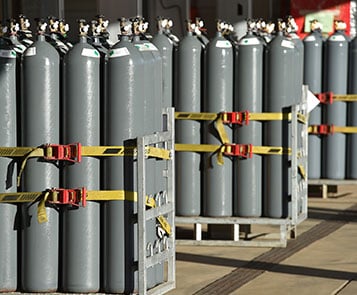
.png)